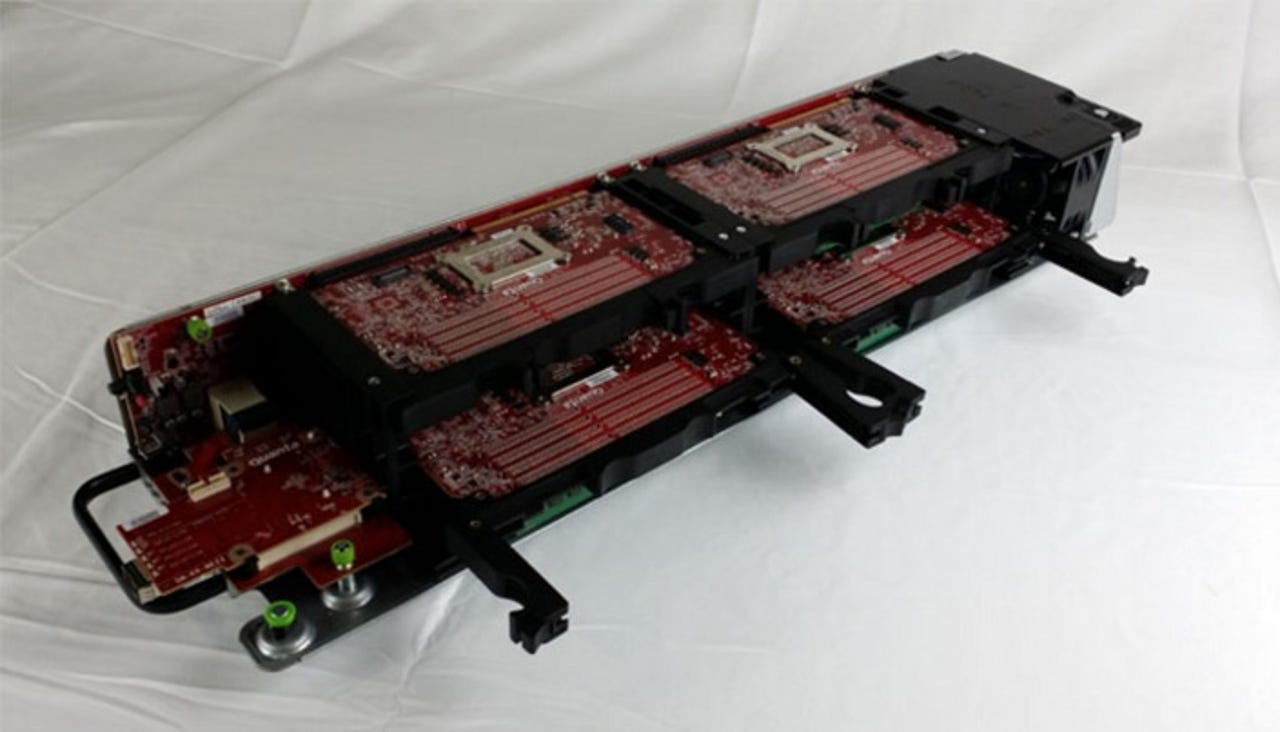Facebook outlines new server design for Open Compute Project

Facebook on Wednesday outlined its new server design that aims to improve performance per watt and contributed it to the Open Compute Project.
With most of the cloud and enterprise heavy hitters joining OCP, the group could be hitting an inflection point in the data center. The big question is whether OCP becomes a dominant design platform for hardware vendors.
To that end, Facebook outlined in a blog post how it worked with Intel on processor designs and server infrastructure.
More: Microsoft submits new open-sourced networking components to Open Compute Project | Google joins Open Compute Project, contributes 48V rack | Open Compute Project: Gauging its influence in data center, cloud computing infrastructure |Seagate launches 10GBps flash drive that's Open Compute Project compatible
Facebook noted that higher performance of Intel chips often meant increased power consumption.
Facebook said:
Rather than leave this problem solely in Intel's hands and accept the fact that our performance improvement trajectory would flatten over time, we approached Intel about working together to come up with a solution. We worked closely with them on the design of a new processor, and in parallel redesigned our server infrastructure to create a system that would meet our needs and be widely adoptable by the rest of the industry. The result was a one-processor server with lower-power CPUs, which worked better than the two-processor server for our web workload and is better suited overall to data center workloads. With this new system, not only were we able to avoid the flattening performance trajectory, but we could leapfrog the performance cadence we had been on for the past five server generations, as well. The system also operates within the same rack power budget, making our data centers more efficient than ever before.
Facebook is running clusters where each one has more than 10,000 servers. Web servers dominate on the front end. Facebook also found that traditional two-socket servers were too limiting for what it needed to do. The solution was to redesign its servers using simple, modular building blocks. Intel Xeon-D processors served as Facebook's building blocks.
